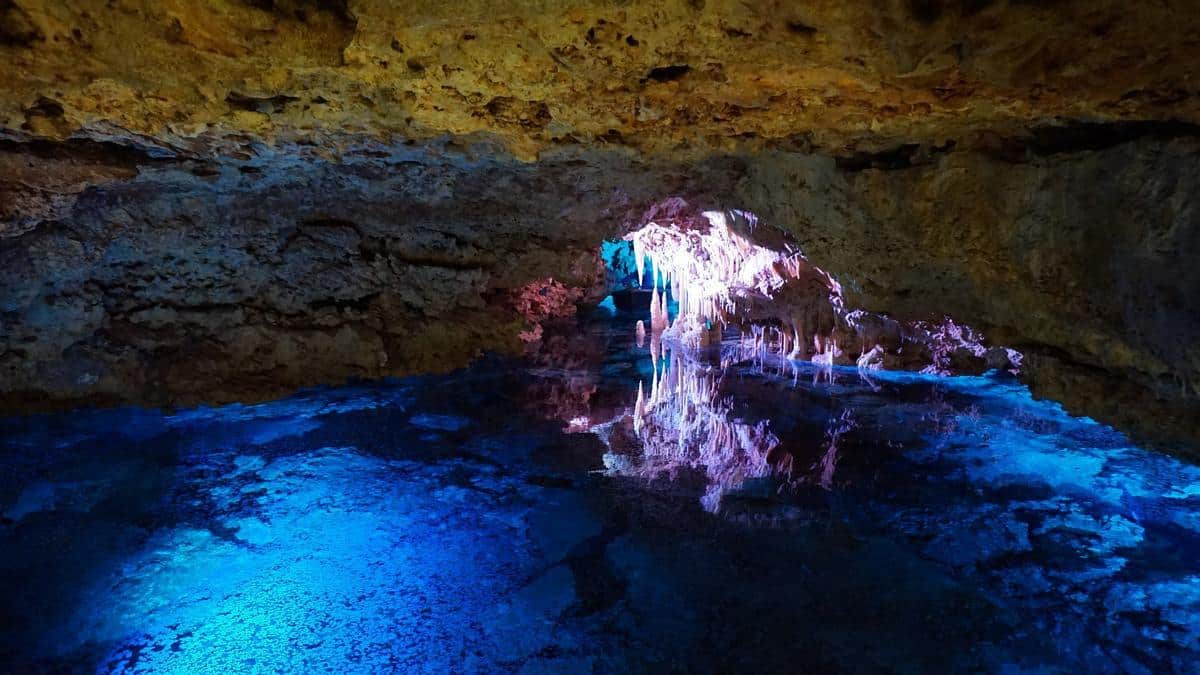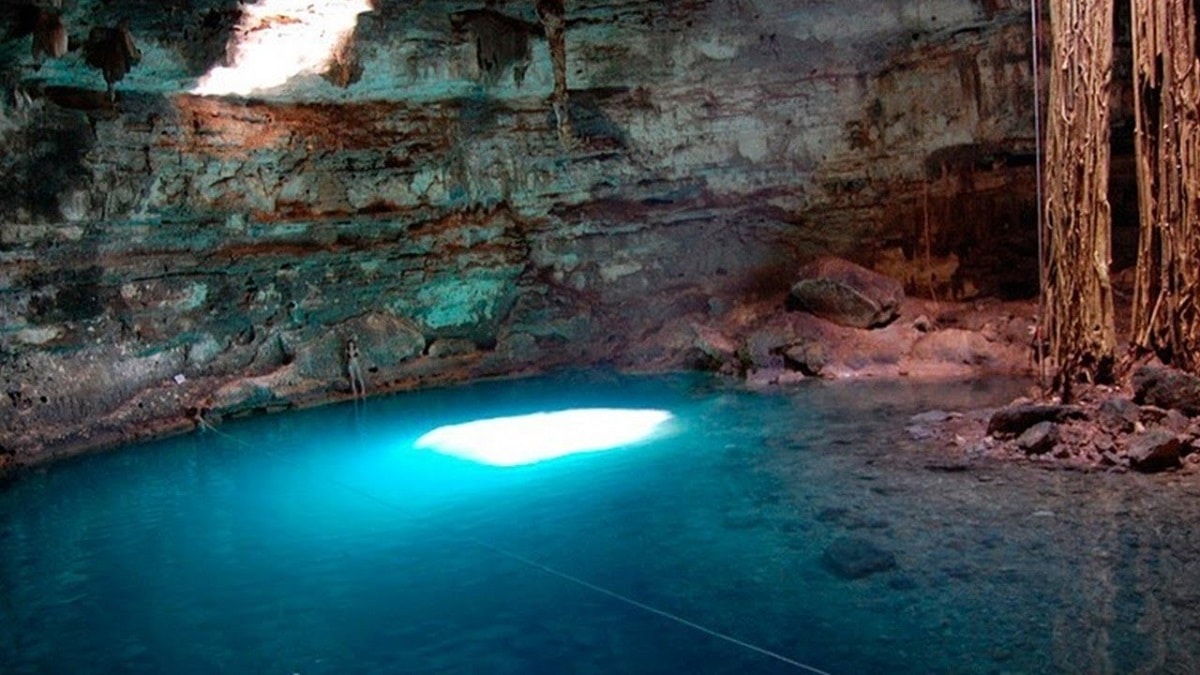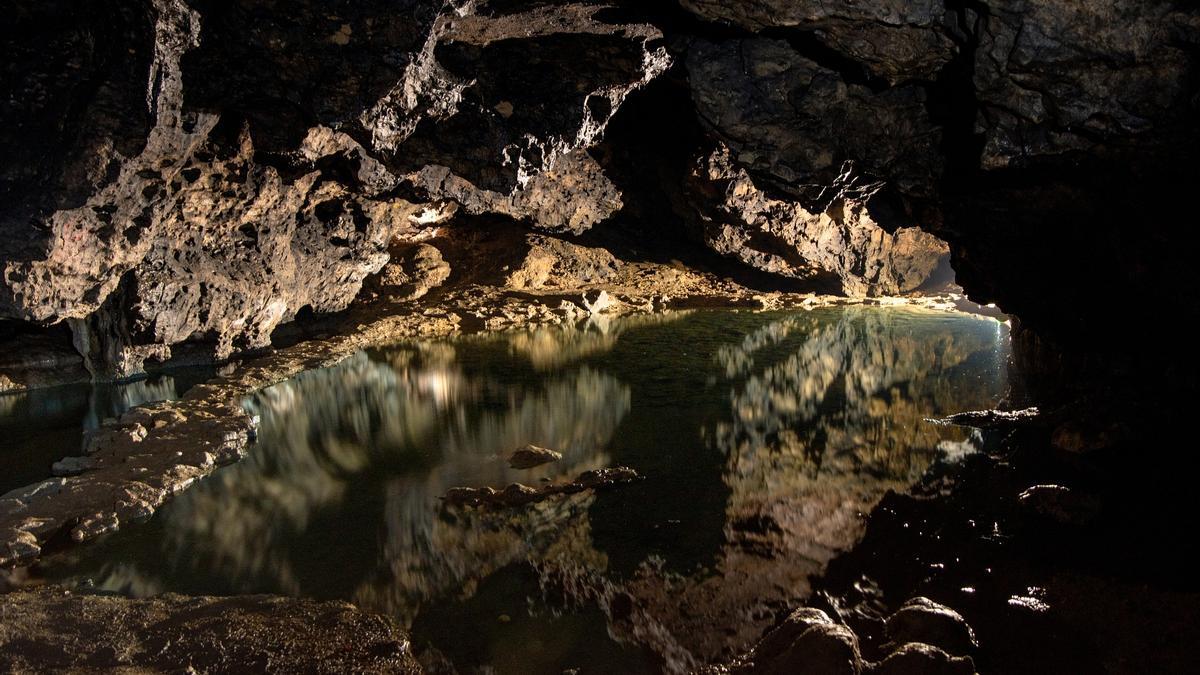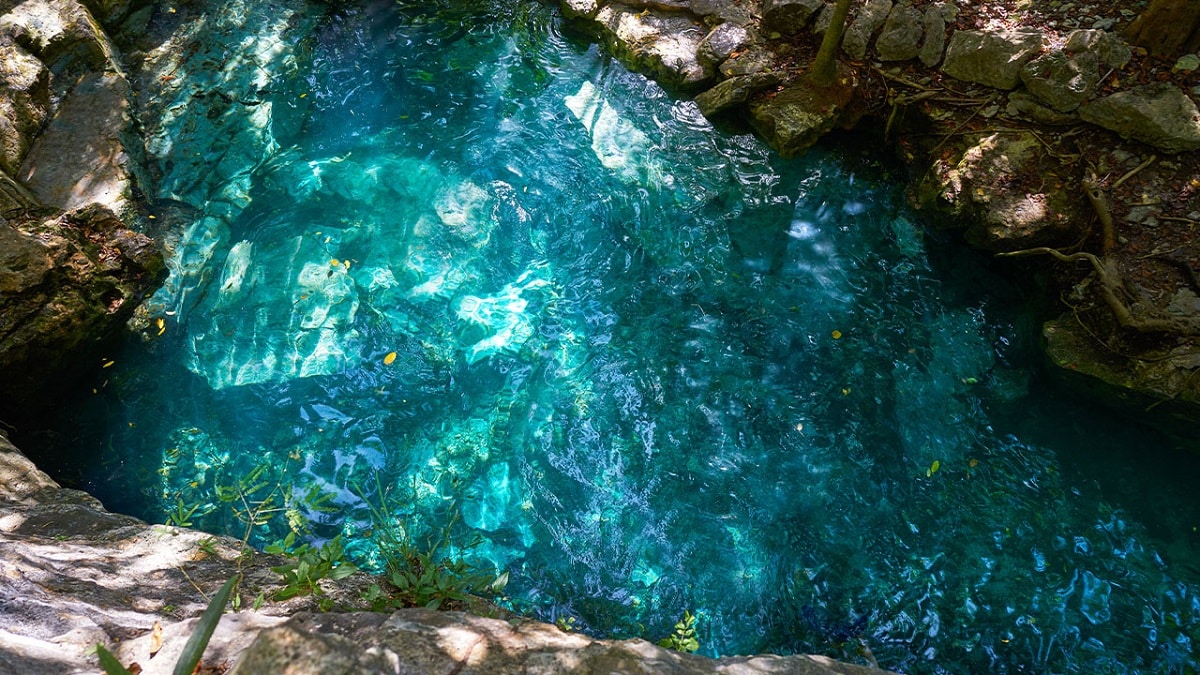
When we talk about groundwater, we refer to the water that is extracted from aquifers and that can be used for human consumption and different uses that can be given to them. In the aquifers is where all the water that comes from the filtration of precipitations from the ground to the subsoil is stored. However, many people do not know what is an aquifer and what is its importance.
Therefore, in this article we are going to tell you what an aquifer is, its origin, characteristics and how important it is for water reserves.
What is an aquifer

Aquifers play a key role in the global water cycle. In this sense, rainwater seeps into the ground, occupying the pores and cracks in the underlying soil, creating underground runoff. Water is stored in aquifers and is likely to be tapped through collection projects to meet human needs. Lack of control over these water harvesting activities can put enormous pressure on these formations and their functioning and thus can alter the natural recharge of the aquifer and therefore the spatial and temporal patterns of water availability. . To avoid these effects, it is important to understand the dynamics and characteristics of these water storage systems.
Aquifers are geological formations with hydraulic properties that allow water to be stored and transported freely through their pores or fractures. Among the various parts of the aquifer, it is possible to distinguish:
- Water table
- saturation zone
- Waterproof jacket
Groundwater is found in the saturated zone, below the water table, which constitutes the upper limit of the zone. The greater the depth of the saturation zone, the greater the water pressure. As stored water flows to areas of lower pressure, it naturally dissipates to the surface through upwelling, springs, or river channels. Besides, Depending on the type of aquifer, there are impermeable zones that prevent the passage of water.
aquifer geology

The recharge of the aquifer is carried out through the process of infiltration-infiltration of sedimentary water. What intervenes: gravity and lithology.
On the one hand, gravity is the force that attracts water towards the center of the Earth, allowing water to circulate vertically from the earth's surface to various depths underground.
Lithology, for its part, determines the porosity or compaction of the geological material that makes up the aquifer. Depending on this, the water can accumulate and circulate more or less easily.
They have different standards simplifying existing aquifers. In this work, four types of taxonomy are established.
hydrogeological classification
Based on the lithological behavior compared to groundwater, 4 hydrogeological systems can be distinguished: aquifers, aquitards, aquicluded and herefugal.
Depending on the geological formation, aquifers can be considered excellent (composed of clean gravel), fair (composed of clean sand, gravel and sand, or fine sand) or poor (fine sand, silt, and fractured limestone) for storage and regeneration. groundwater transport. Usually, The system is characterized by a high capacity for storage, drainage and water supply.
Aquitards made up of silt, silt, and clay have a high water storage capacity but have drainage (low to medium capacity) and transportation (low capacity) problems. It is an intermediate term between aquifer and aquifer.
Despite its high porosity, the characteristic structure of aquacluids is impermeable (loam, clay or pumice stone). Therefore, its storage, download and transmission capabilities are nil.
Aquifuges are geological formations that cannot store or transport water. Some examples are igneous rocks that are neither broken nor fractured. Here you can learn more about the types of igneous rocks and their characteristics.
Hydraulic Pressure Classification

The location, the hydrological behavior and the geological characteristics of the aquifers give rise to three different types of aquifers: free, confined and semi-confined.
- The free aquifers, Unconfined or phreatic do not contain impermeable formations. Among them, the unsaturated zone is located between the surface and the water table, where the water is in contact with the air and is under atmospheric pressure.
- Unlike free aquifers, lclosed aquifers, confined, pressurized or under load they do not come into contact with the atmosphere due to the presence of impermeable or enclosed materials. In captive or confined aquifers, the water completely saturates the pores or fractures, so when a well is drilled the water rises until the water pressure equals atmospheric pressure.
- semi-confined aquifers are pressurized aquifers like confined aquifers, but unlike the latter, semi-confined aquifers have higher permeability (they are considered aquitards).
Formation, flora and fauna
Aquifers are formed during the water cycle, precipitation seeps into the subsoil and descends until it reaches more or less permeable rock material. There are two important factors in its formation: gravity and lithology.
Gravity pulls water towards the center of the Earth, and whether it is rain or rivers, it takes it underground. More importantly, the water does not seep, pass through, or accumulate depending on the type of host rock. The dense rock prevents water from seeping through. A hollow rock can collect groundwater and will break up or dissolve with that water, creating larger cavities that will also fill with water.
In the depth there is material to prevent leaks. About them, the water accumulated in the porous layer slowly flows horizontally towards the surface.
Each manifestation of groundwater has ecological processes, unique ecosystems, and endemic species of plants and animals. The vegetation directly associated with aquifers are aquatic plants or aquatic plants. It consists of plants with very deep root systems that absorb water from permanent water sources in the soil. They feed on surface water, groundwater and dive near the surface.
Algae plants are natural indicators of drinking groundwater, especially in arid and semi-arid regions. Ash, alder, willow, and poplar also have a guiding role or function. The trees grow in freshwater alluvial aquifers, where the water table is less than ten meters deep.
In an aquifer, the fauna is composed of microorganisms, small organisms and macroorganisms. Diversity and abundance of invertebrates and some vertebrates, many of which are found in surface waters. Taxa dominate: mites, oligochaetes, crustaceans and rotifers. Organisms belonging to the classes Collembola, Insecta, Nematodes, Nematodes, Silk Nematodes, and Pnematodes have also been found in small numbers.
The subsoil is characterized by the total absence of light, where there are no photosynthetic organisms. The fauna of the aquifer depend on surface water for food and oxygen. It exhibits adaptations that allow it to survive in dark underground shelters.. They are usually very small organisms with worm-like bodies, elongated and flexible that move between small cavities through which the water flows. Some lack pigment and eyes.
I hope that with this information you can learn more about what an aquifer is and its characteristics.